Seasonal Kai Moana The Māori Connection to the Sea
11 min read Explore the Māori relationship with the sea through seasonal Kai Moana, highlighting cultural traditions and sustainable fishing practices. June 23, 2025 06:05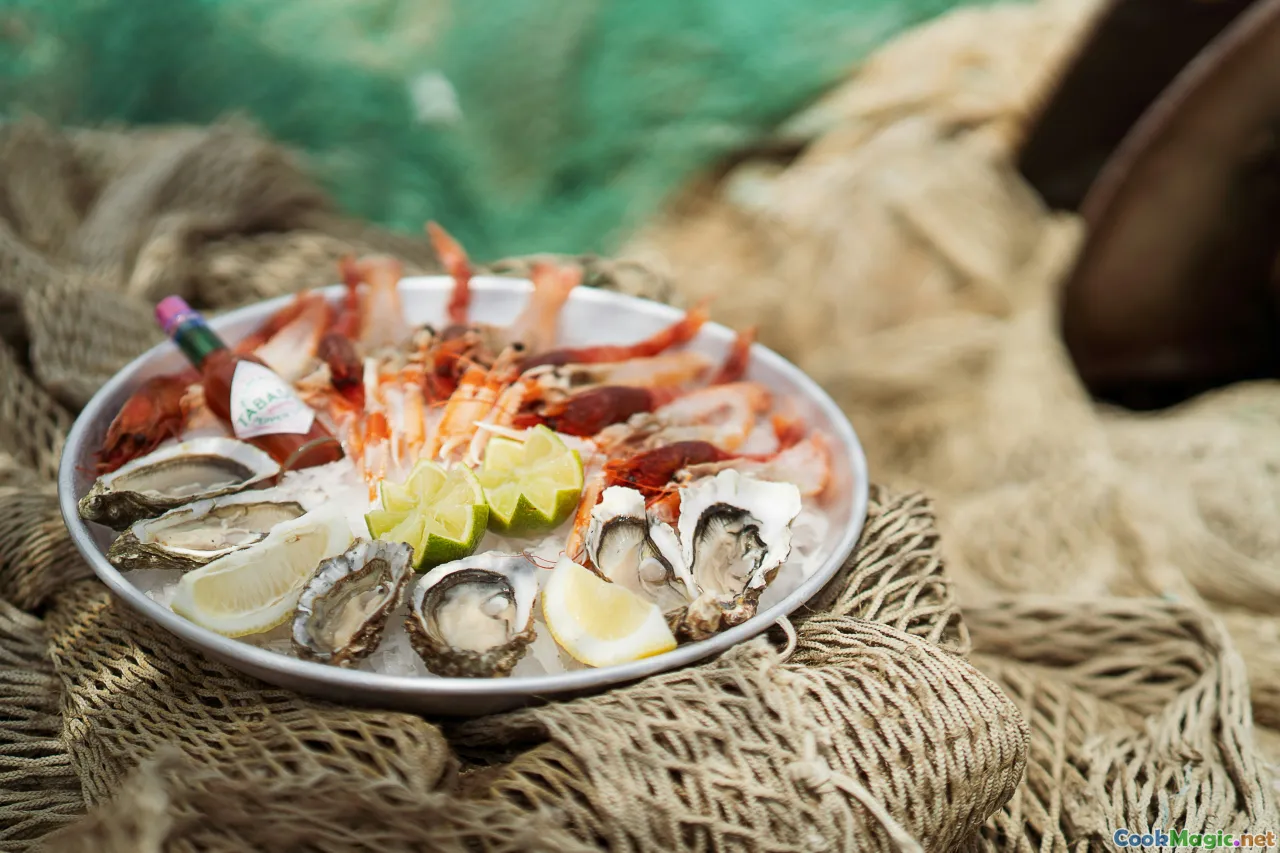
Seasonal Kai Moana: The Māori Connection to the Sea
Recently, as the seasons shift in Aotearoa, so too does the bounty of kai moana — the treasured Māori term for seafood. For Māori, the connection to the sea is not merely about sustenance; it's a deep, spiritual bond woven into their identity, culture, and daily lives. As a culinary enthusiast, exploring the vibrant tapestry of seasonal kai moana unveils more than flavors — it reveals stories of ancestors, land, and the sacred relationship Māori hold with their coastal environment.
Imagine walking along rugged pōhutukawa-cloaked coastlines at dawn. The air is thick with the briny scent of ocean spray, mingling with the smoky aroma of earth and wood from traditional cooking methods. This sensory dance is the heartbeat of Māori cuisine, where each season introduces a new face of kai moana, celebrated through age-old practices passed down through generations.
The Māori Ethos: Respect, Reciprocity, and Sustainability
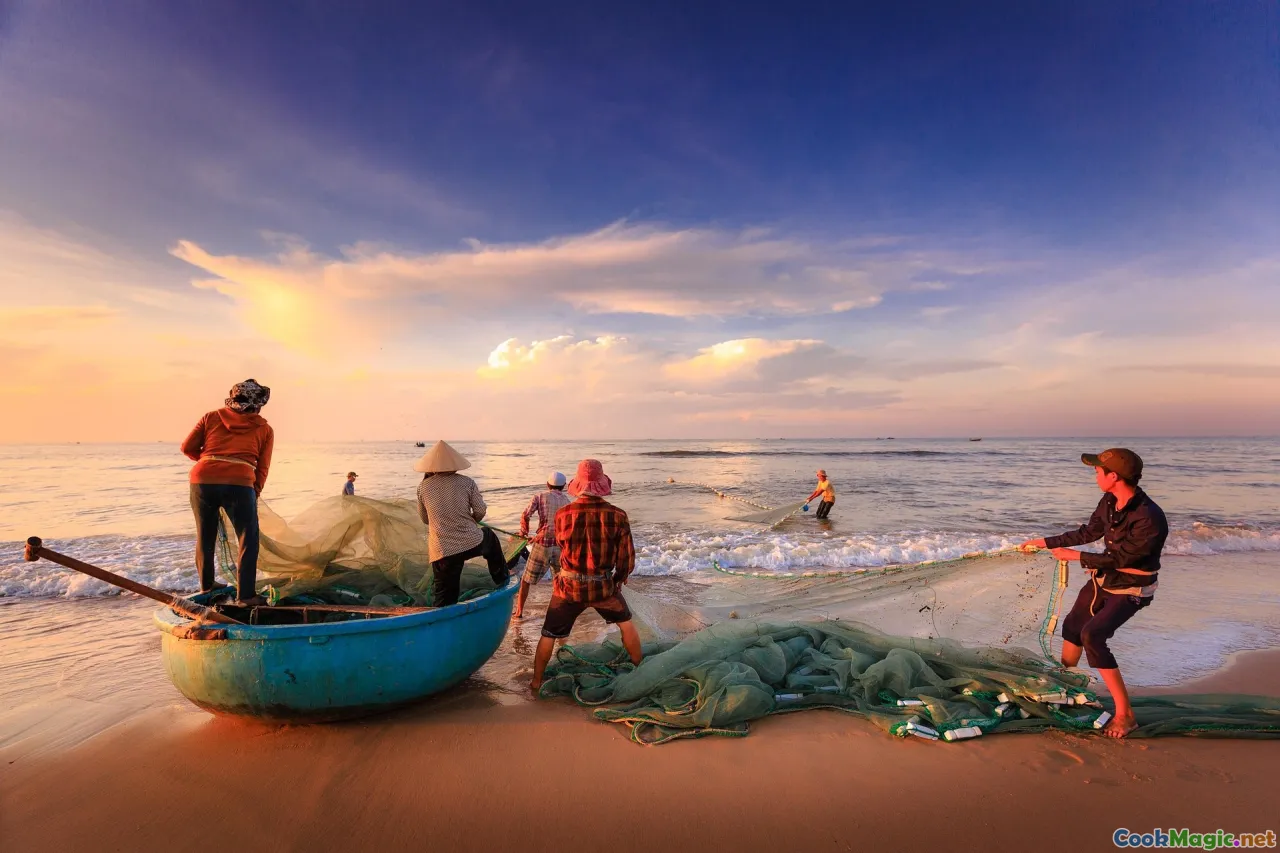
The Māori worldview champions kaitiakitanga — guardianship — emphasizing respectful and sustainable harvesting of marine resources. This philosophy ensures that every catch sustains not just the present community but future generations. Historically, crossing marae thresholds or approaching fishing areas involved protocols that acknowledged the spiritual significance of the sea. These customs weren’t mere formalities but expressions of reverence, embodying a reciprocal relationship between people and nature.
Today, this ethos guides contemporary kai moana harvesting, balancing abundance with conservation. Whether it's the summer ritual of gathering pipi (clams) or the winter practice of diving for delicacies like taku (razor shell), Māori communities prioritize respect for the environment, ensuring that each harvest remains a sacred act.
Seasonal Waves of kai moana: A Tapestry of Flavors
Summer: Abundant, Fresh, and Bright
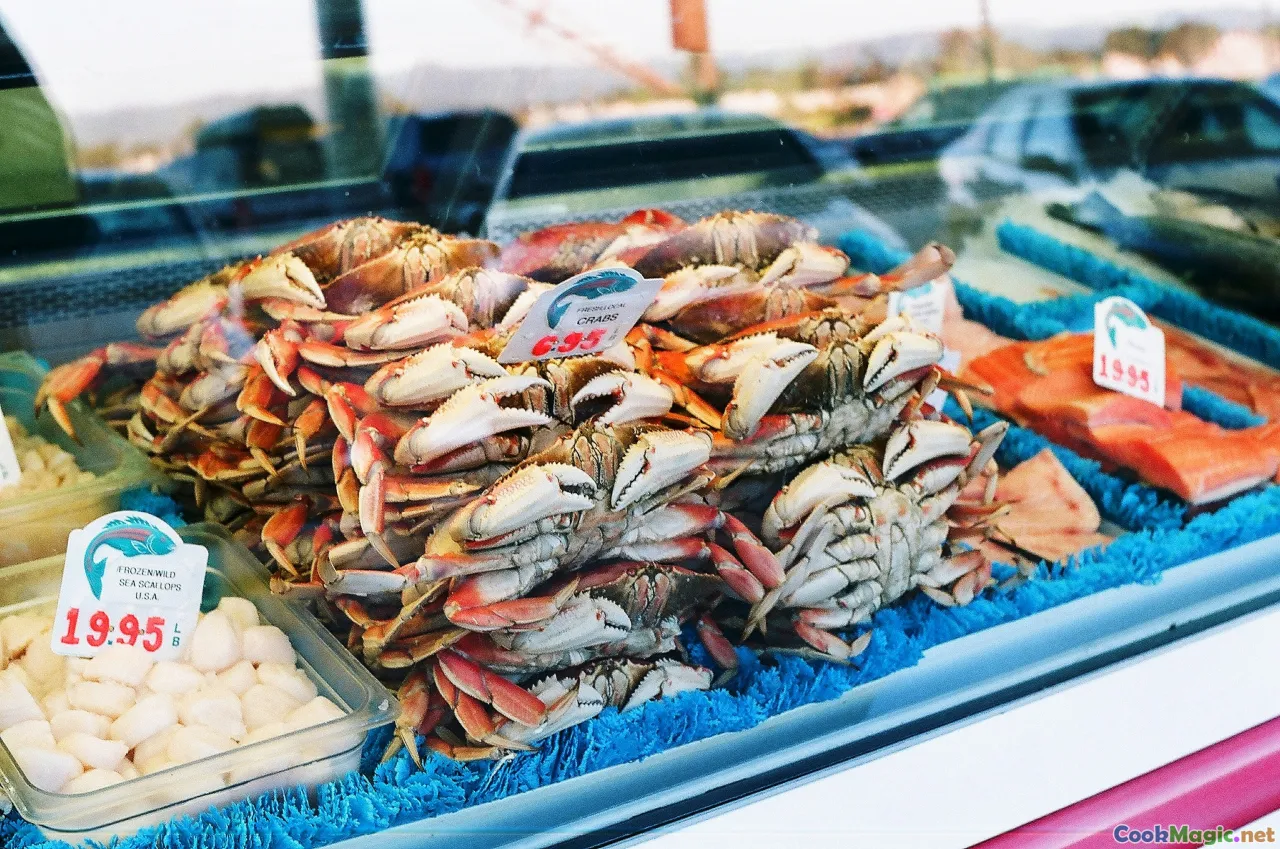
Summer in Aotearoa bursts with vibrant kai moana. As waters warm up, paus (abalone) emerge along rocky outcrops just beneath the surf, their thick shells hiding tender, minerally flesh. In coastal villages, kaumātua (elders) hand-pick pāua with reverent care, often sharing stories of the pāpaka (pāua) harvests from their youth.
Meanwhile, tōrea (mussel) beds flourish, offering plump, briny morsels that shimmer beneath the surface. Fresh crayfish—koura—are caught just as they moult, their sweet, firm meat a treasured delicacy, often prepared on a hāngi (earth oven after being lightly grilled over hot stones). Summer's bounty beckons with simplicity: raw pāua served on a bed of wild greens, or pāua fritters crispy and golden, releasing a sweet ocean aroma that awakens the senses.
Autumn: Richness and Reflection
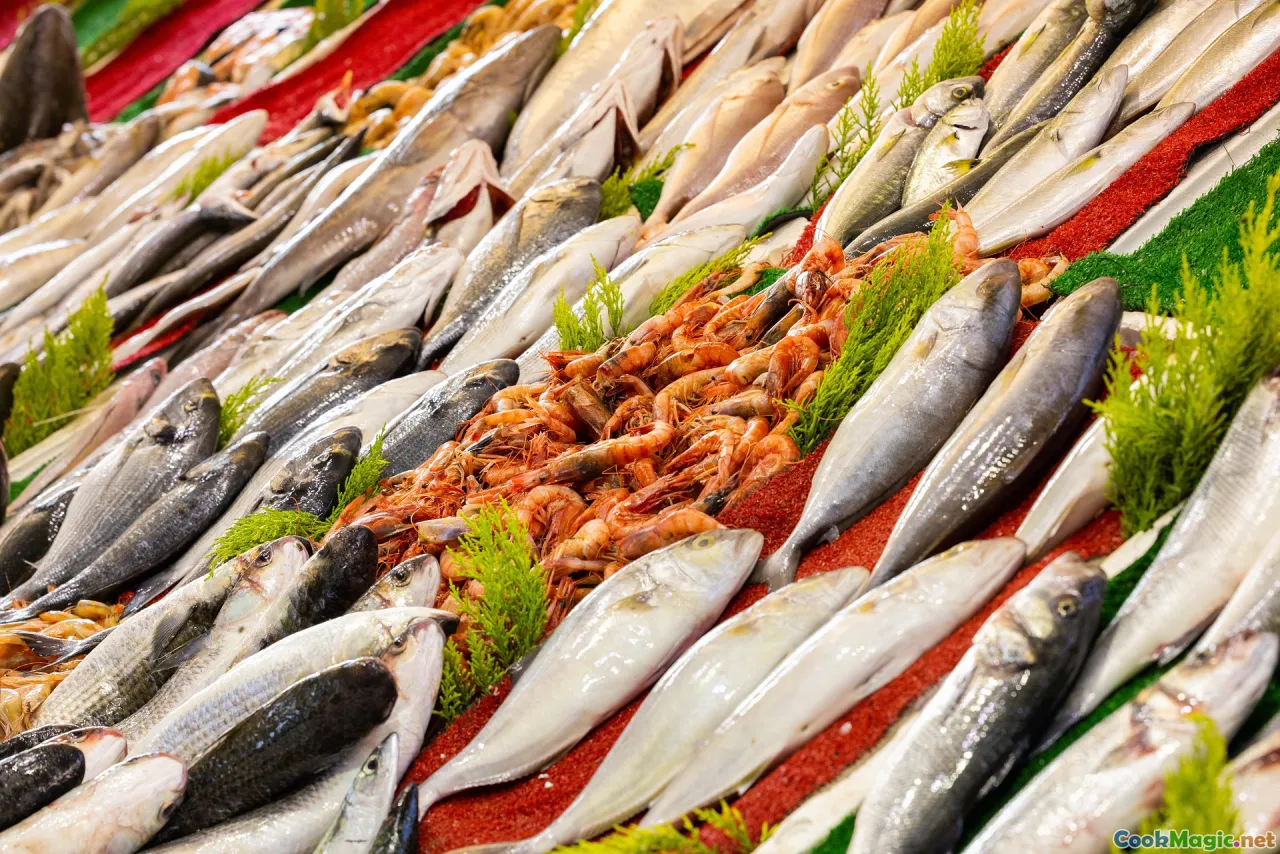
As the days shorten, the seasonal shift brings a time of richness. The cooler months see an abundance of ngāwhā (cockles) and pipi. Māori harvest pipi with careful hand-collecting techniques, often after tidal surges, followed by gentle purging in coastal streams.
Autumn is also a prime time for harvesting kina (sea urchins). The murky, dark purple spiny shells conceal a treasure trove of tender, orange gonads — a delicacy often served raw in small serves or sautéed with garlic and butter. This period inspires slow-cooked seafood stews, where robust flavors develop over days, echoing traditional Māori cooking—using tōtara wood and earth ovens.
Winter: Heartier Flavors and Connection
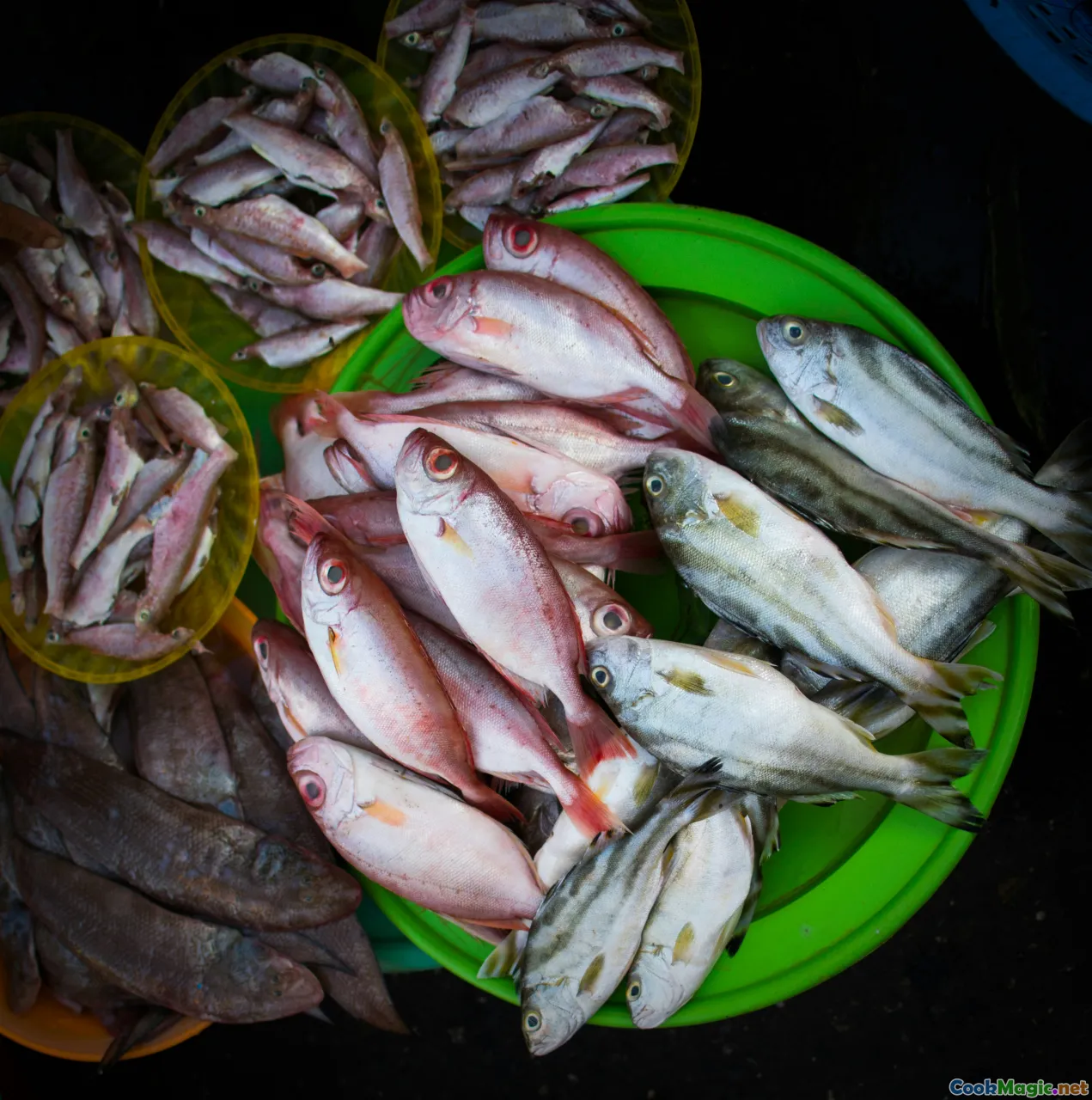
Winter gently commands respect. The cold waters nurture species like moki (ling) and tīpapa (scabbard fish), prized for their rich, flaky flesh. Māori chefs and gatherers embrace steaming and poaching, extracting maximum flavor from deep, dark waters. The smokiness of wind-dried kāhu (gannet) or the use of tīpuna (traditional gardens) for preserving seafood showcases ingenuity born from necessity.
Cold weather also focuses on processed kai moana; smoked eels (tuna) and dried pāua form robust flavors that stand the test of time. Such ingredients are cherished in kai ahu (traditional feasts), weaving community ties during colder months.
Cooking Methods: From Tradition to Table
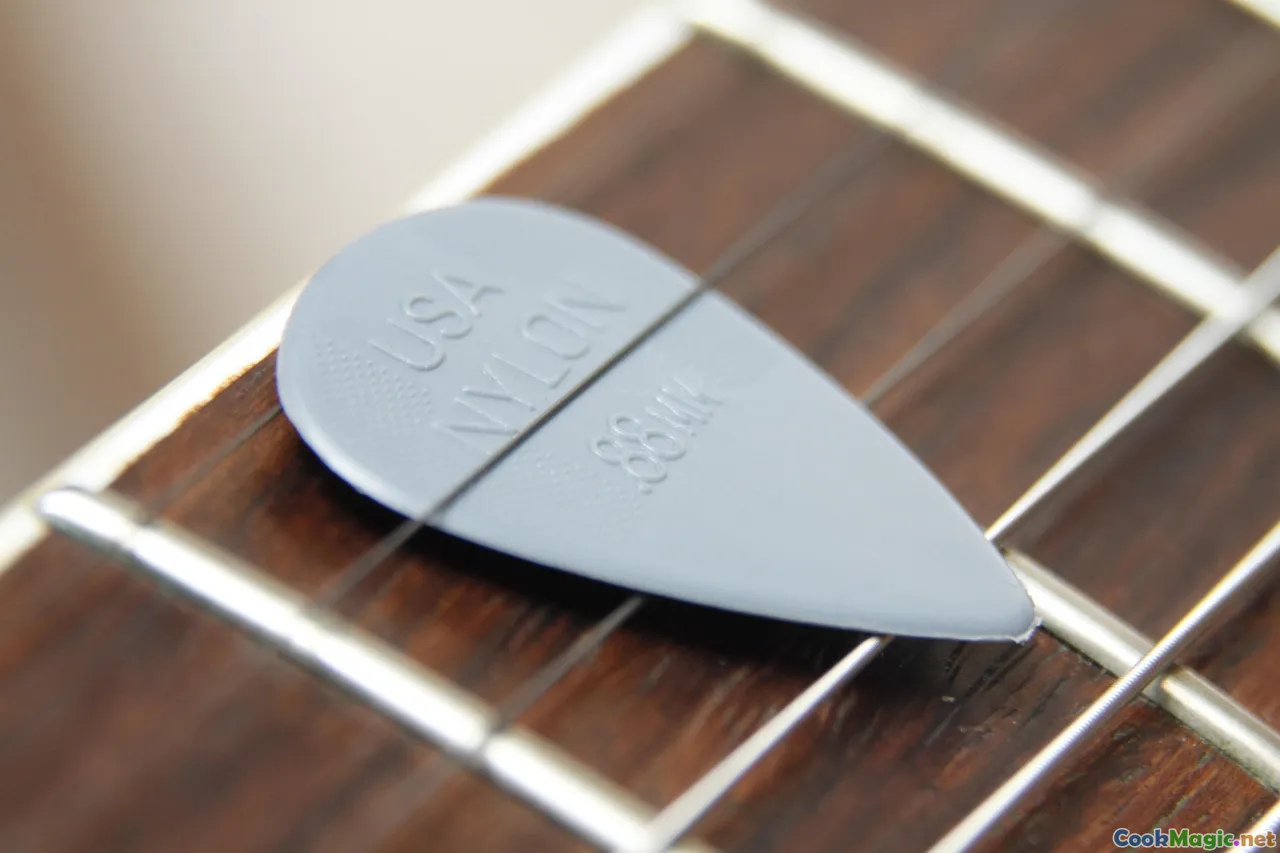
Traditional Māori cooking methods elevate kai moana, infusing dishes with cultural depth and layers of flavor. The hāngi, an earth oven, uses heated stones covered with earth to slowly roast seafood alongside root vegetables, resulting in tender, smoky dishes that dissolve in the mouth.
Pūhā (clay ovens) are also employed for steaming mussels and kina, allowing their natural flavors to intensify. The use of tīpuna (clay and earth-based techniques) reflects a respect for the land that is as vital as the sea itself.
In contemporary Māori cuisine, chefs incorporate these methods with modern flair. For example, slicing raw pāua thinly for sashimi, or lightly curing kina with lemon and sea salt, blending ancient traditions with gastronomic innovation.
The STORIES Behind the Seafood

Every shell, fish, and crustacean carries a story. In Māori tradition, ngā kākā (seabirds) and fish are often linked to atua (gods), representing divine aspects of nature. Tangaroa, the god of the sea, governs all marine life, and offerings are sometimes made to him before harvesting.
Personal stories abound when Māori elders recount their first catch of amberjack or the sacred nature of tongaroa (anchor). Such narratives emphasize gratitude, humility, and the understanding that kai moana is not merely food but a gift from the ocean, imbued with spiritual significance.
Celebrating the Connection: Annual and Cultural Events
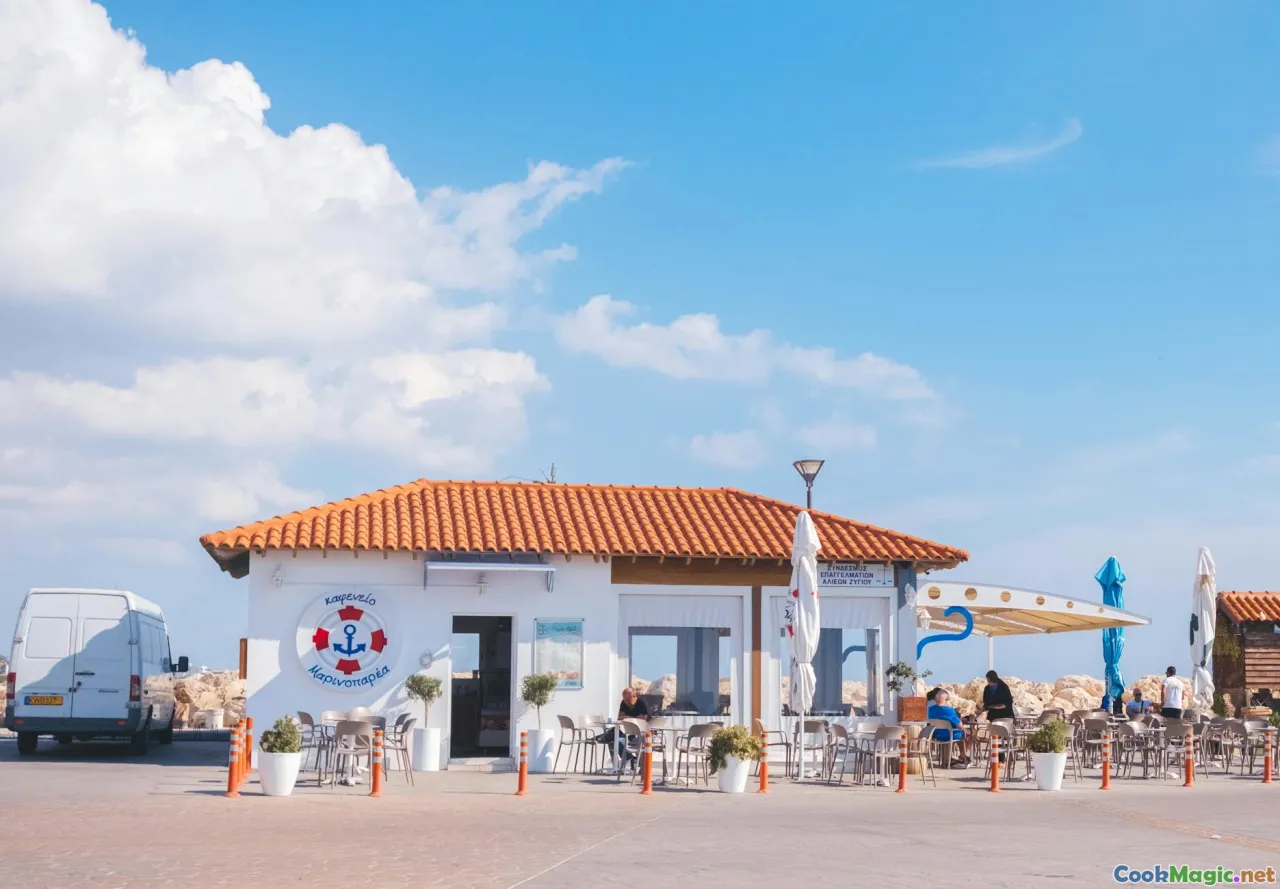
Celebrating kai moana is deeply woven into Māori festivals and gatherings. Matariki, the Māori New Year, marks a time for feasting with seasonal seafood, reflecting on past, present, and future. Community feasts feature dishes like allioli-style pāua, cotyledon crabs steamed with mānuka smoke, and fish cooked in traditional pits.
Regional festivals, such as Te Matatini or local marae-based hui, often highlight seasonal kai moana through storytelling, haka, and culinary demonstrations, fostering a collective sense of identity and respect for the sea.
Personal Insights: Embracing Māori Cuisine Today
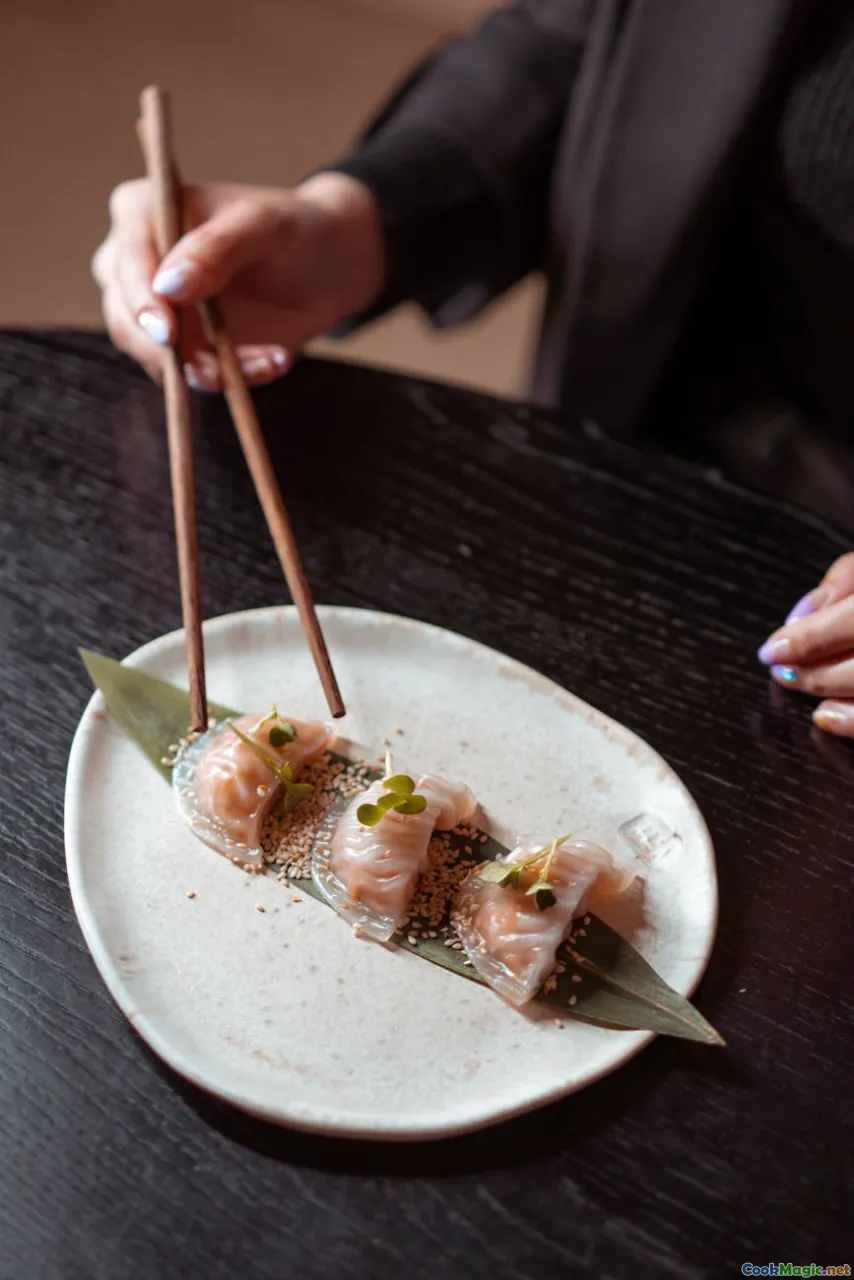
In my culinary explorations, I have witnessed a resurgence of Māori chefs and home cooks embracing their maritime heritage. Their dishes beautifully echo the land-sea continuum: a pāua ceviche with lemon zest, a hangi plate piled high with smoked fish, or a seafood curate that marries traditional ingredients with contemporary techniques.
Local eateries like Moana Mōwai in Rotorua or E noho in Auckland serve as inspiring hubs where old meets new, grounding a modern Māoritanga in sacred coastal roots.
By sourcing kai moana responsibly and honoring customary protocols, they not only tantalize taste buds but also preserve the integrity of Māori culinary traditions.
An Invitation to Dive Deep
The sea is an infinite storybook, and Māori culinary culture offers an immersive chapter in each season. To truly appreciate kai moana, one must embrace more than flavor — immerse oneself in the history, respect, and spirituality that underpin every harvest.
Whether preparing a summer pāua salad, sharing a winter kina dish, or simply strolling along a coastal walkway, there is profound beauty in understanding that these foods are woven into a tapestry of whakapapa (ancestry), tikanga (customs), and ecology.
Let us honor this sacred connection, partake with reverence, and continue the Māori tradition of celebrating kai moana as an enduring gift from the sea.









